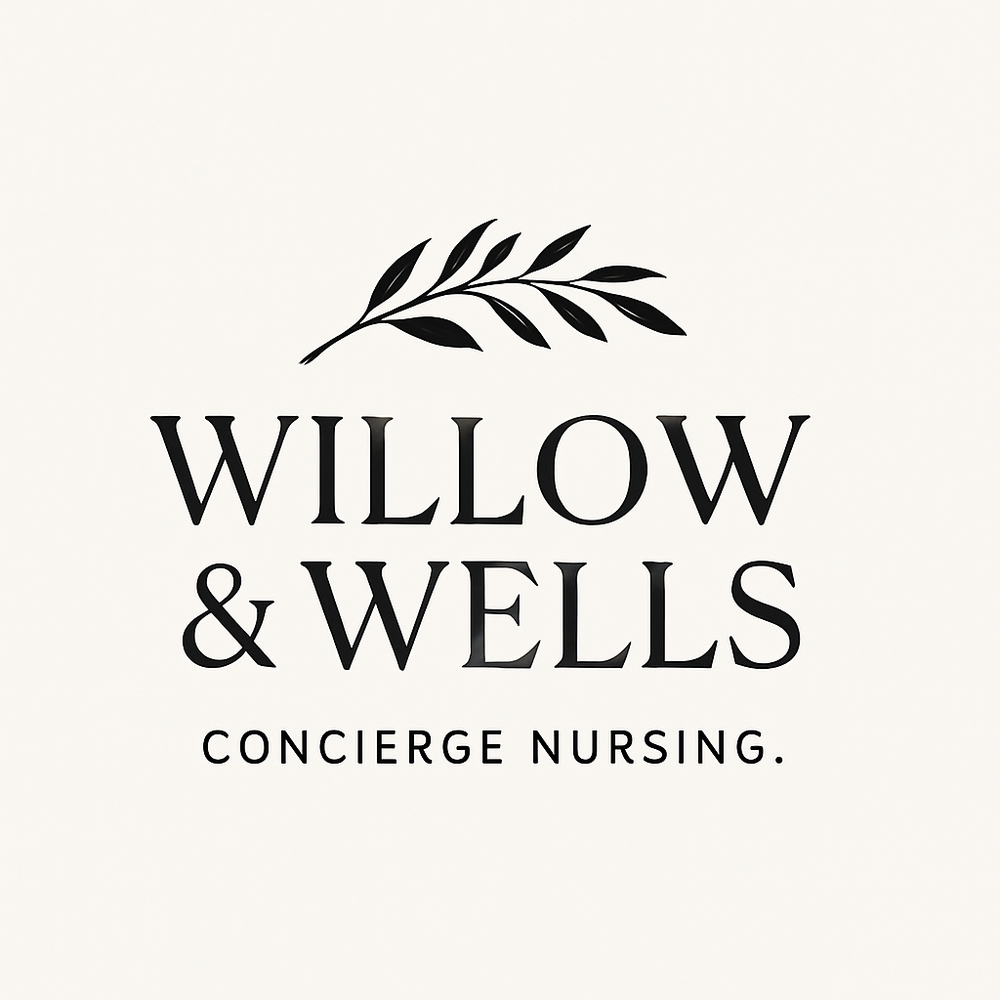But they don’t want grab bars that scream “I’m getting old.”
They don’t want their home to feel cold, clinical, or stripped of personality.
And honestly—you don’t want that either.
So how do you reduce fall risk without making the home feel like a hospital room?
Here’s how to fall-proof a home with subtle upgrades that protect your loved one and their pride.
1. Start with What They’ll Actually Use
Forget the clunky, institutional gear you see in hospitals. Today’s safety products are smarter, sleeker, and designed with real homes in mind.
Try:
-
Modern grab bars that double as towel racks or shelves
-
Motion-activated lights in hallways, bathrooms, and bedrooms
-
Non-slip rugs with stylish patterns—or eliminate rugs entirely
-
Furniture with sturdy armrests for support when sitting or standing
-
Recliners or accent chairs with built-in lift features that blend with decor
The goal is to integrate safety without sacrificing style. Functional can be beautiful—especially when it’s chosen thoughtfully.
SEO tip: Use keywords like stylish home safety solutions, discreet fall-proofing ideas, and senior home upgrades that don’t feel clinical.
2. Think Like an Interior Designer—With a Nurse’s Eye
Design is about more than aesthetics. It’s also about accessibility.
Walk through the home with safety in mind:
-
Can they reach the microwave without climbing or leaning?
-
Are dishes or medications stored too high or too low?
-
Are cords, rugs, or décor creating tripping hazards?
-
Can they move easily through doorways and hallways with a walker or cane?
Simple changes can make a huge difference:
-
Lower frequently used shelves
-
Swap out hard-to-grip knobs for lever handles
-
Use touch lamps or voice-activated lighting in dim rooms
Approach the space with compassion and curiosity—not judgment. You’re designing not just for beauty, but for dignified living.
3. Prioritize the Places Where Falls Happen Most
You don’t have to redesign the whole house overnight.
Start where falls are most likely:
Bathrooms
-
Install grab bars in the shower and near the toilet
-
Use non-slip mats inside and outside the tub
-
Add a shower chair and handheld sprayer
-
Consider a raised toilet seat or comfort-height model
Stairways
-
Add handrails on both sides
-
Ensure bright lighting at top and bottom of stairs
-
Use high-contrast tape on edges of each step
Bedrooms
-
Choose a bed at the right height for easy access
-
Use motion sensor nightlights for nighttime trips
-
Keep clutter away from walking paths
Entryways
-
Remove or secure loose welcome mats
-
Install handrails or ramps if needed
-
Make sure lighting is bright and consistent
Even small tweaks in high-risk areas can dramatically reduce the likelihood of a fall—and the injuries that often follow.
4. Include Them in the Changes
This isn’t just about safety—it’s about respect.
If you make changes for them without their input, it can feel disempowering.
But if you bring them into the process, they feel involved and valued.
Ask:
-
“What would make getting in and out of the shower easier?”
-
“Do you like this chrome finish, or would you prefer matte black?”
-
“Can we walk through together and flag anything that feels risky to you?”
When you approach upgrades as collaboration, you build trust. You also increase the chance that they’ll actually use the changes.
5. Remind Them: It’s Not About Aging—It’s About Access
The goal isn’t to make them feel fragile.
It’s to make them feel free—to keep living the life they love, without preventable injury.
A fall-proofed home means:
-
More time spent in their own home
-
More confidence moving around alone
-
Fewer ER visits and hospital stays
-
More peace of mind—for everyone
This isn’t about aging. It’s about access, independence, and protecting the future.
Use phrases like:
-
“This is how we keep you in the home you love.”
-
“These changes help you live on your terms.”
-
“We’re not preparing for decline—we’re protecting what matters most.”
6. Don’t Wait for a Fall to Make Changes
Most families fall-proof the home after something scary happens. But that moment doesn’t have to come.
Preventive design is smart, loving, and proactive.
The earlier you start, the easier it is to adapt slowly—without making sudden, dramatic changes after an injury.
And remember: fall-proofing isn’t just for seniors. It helps anyone with temporary mobility issues, post-surgery recovery, or chronic illness.
Future-proof your home before it becomes urgent.
Willow & Wells Helps Families Make Safety Feel Seamless—Not Sterile
At Willow & Wells, we believe safety and beauty can live in the same room.
We help families:
-
Identify high-risk areas in the home
-
Choose products that blend safety with design
-
Prioritize upgrades that respect independence
-
Build custom aging-in-place plans for comfort, dignity, and peace of mind
You don’t have to choose between a home that’s beautiful and one that’s safe.
You can have both.
And we’re here to help you create it.
Join the Willow & Wells Community
We’re building something for people who are tired of doing this alone.
If you’ve ever felt overwhelmed, overlooked, or just plain exhausted by the system… You’re exactly who we made this for.
Caregiving is hard enough. Finding help shouldn’t be.
Get early access to everything we’re working on – tools, guides, and real talk that helps.
